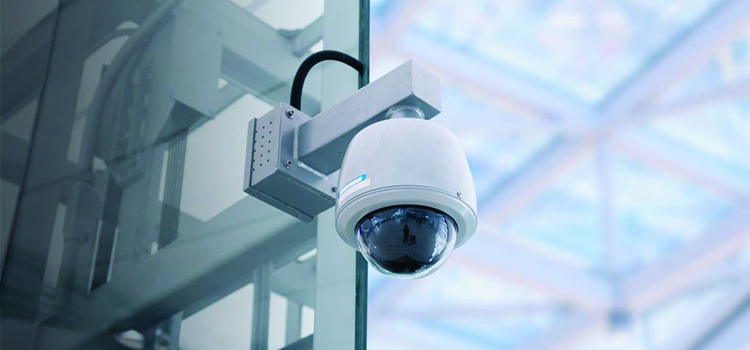Surveillance Camera
Closed-circuit television (CCTV), also known as video surveillance, is the use of video cameras to transmit a signal to a specific place, on a limited set of monitors. It differs from broadcast television in that the signal is not openly transmitted, though it may employ point-to-point (P2P), point-to-multipoint (P2MP), or mesh wired or wireless links.

Though almost all video cameras fit this definition, the term is most often applied to those used for surveillance in areas that may need monitoring such as banks, stores, and other areas where security is needed. Though videotelephony is seldom called 'CCTV' one exception is the use of video in distance education, where it is an important tool.

A closed-circuit television used for surveillance may deter crime by being “a closed circuit” but it is also essential to watch over the public to keep these systems from being used for improper purposes.
Large companies now perform CCTV and video surveillance across a number of platforms. Many times these companies often use securely linked CCTV systems that are connected to a central monitoring and recording facility over the Internet.
